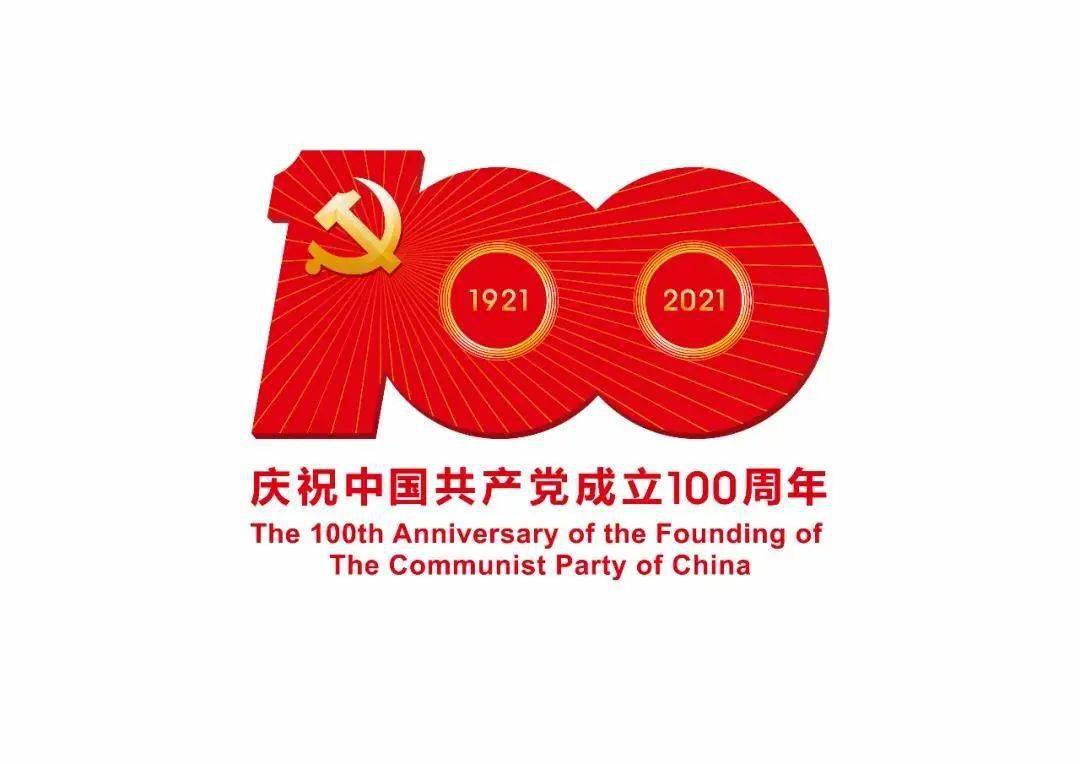Song Hua: How to break the situation when supply chain finance has entered a development bottleneck period?
前海国信 DATE:2021-06-10 TYPE:Industry News
Song Hua: How to break the situation when supply chain finance has entered a development bottleneck period?

Original Title | Innovation and Regulation: A Balanced Way for the Development of Supply Chain Finance
Supply chain finance has entered a development bottleneck period
Recently, supply chain finance has entered a bottleneck period of development, showing an extremely contradictory development trend.
On the one hand, supply chain finance has been promoted to a national strategy and policy direction and has attracted great attention from the government. This includes the “Guiding Opinions on Promoting Supply Chain Finance to Serve the Real Economy” formulated by the China Banking and Insurance Regulatory Commission in 2019, and eight ministries and commissions including the People's Bank of China in 2020. The "Opinions on Regulating the Development of Supply Chain Finance, Supporting the Stable Cycle and Optimizing and Upgrading of Supply Chain Industry Chains" were formulated, and the "Innovative Supply Chain Financial Service Models" were also mentioned in the government work report in 2021. In the field of practice, we have seen that many companies are talking about supply chain finance and regard it as an important means to promote the transformation, upgrading and sustainable development of enterprises. So far, various conferences and forums are full of topics about supply chain finance. .
However, on the other hand, regulators and management departments still have great concerns about supply chain finance deep down, fearing that overheated supply chain finance may become another P2P potential risk. Therefore, they should not develop supply chain finance. At both ends of the chain finance, both hope that supply chain finance can become a panacea for solving the financing difficulties of small, medium and micro enterprises, and they do not hope that supply chain finance will become a dead horse that cannot be controlled. Also in the field of practice, some companies have renamed institutions with the word "financial" to digital technology companies, for fear that the word "financial" will provoke unwarranted disasters. There are even many companies that are extremely disgusted with supply chain finance, believing that it is a means to further squeeze and exploit real companies.
This situation of contradictions and confusion has made supply chain finance at a crossroads, and we need to reflect on where our supply chain finance is going.
The line between innovation and norms is easy to confuse
The main reason for the above dilemma is that the development of supply chain finance in recent years has confused the boundary between innovation and regulation. Supply chain finance is different from previous bank lending based on subject credit investigation. It is a financing behavior for small, medium and micro enterprises based on industrial operations. Therefore, since the birth of supply chain finance, it is destined to be compatible with traditional financial services. Different, this is not only because of the different risk control logic of financial activities, but also because of the combination of business scenarios, financial products and businesses are more complex, customized and changeable.
Because of this, supply chain finance is destined to rely on industry scenarios or industry participants to create and develop financial activities, rather than being driven by traditional commercial banks. This undoubtedly breaks the conventional credit risk management system (such as for small and medium-sized enterprises). The conditions and methods of credit review) and management rules (such as remote account opening, etc.) have a strong sense of innovation. However, it is undeniable that as supply chain finance has gradually been recognized by the industry and the industry in recent years, in the process of innovation and development, it has shown disorderly and even barbaric growth. This disorderly and irregular development is mainly manifested in the fact that supply chain finance has become an area that many large companies are trying to vigorously develop, and financial companies have been established one after another, which are regarded as an important source of profit growth, and even financial institutions are excluded from direct loans. , I call this state the "dish in the plate" mentality, that is, using the preferential interest rate of funds given by the bank to large enterprises to directly operate as a "second bank" to earn double income from business and capital, thereby causing large enterprises to bully and squeeze. The bad behaviors of downstream companies have put on the beautiful cloak of "supply chain finance".
Similarly, the standardization of financial activities is the prerequisite for the orderly and long-term development of finance, but it should be noted that any norms and rules are the product of a specific historical period and situation. The norms themselves are a dynamic concept, and they just stick to the rules. It can stifle the innovation power and vitality in the field of practice. In supply chain finance, it is undeniable that the existing risk control systems of most banks, especially the credit review system, cannot meet the requirements of supply chain finance development. In addition, many financial institutions have little knowledge about the industry, so that supply chain finance is just The facade engineering of financial institutions has become an excuse for rejecting innovation and change. Therefore, many industrial enterprises lament that discussing supply chain financial services with financial institutions is undoubtedly "playing the piano". This lack of clarity in innovation and regulation poses a major challenge to the development of supply chain finance.
How to balance the development of supply chain finance
To solve the above problems, an overall structure is needed to balance innovation and regulation. The establishment of this overall structure includes both the “people” and the “things”. The “people” refers to the various participants in supply chain finance. The positioning in supply chain finance refers to the key issues that need to be solved urgently in the current supply chain finance.
First of all, from the perspective of the role positioning of each participant in supply chain finance, it should be a clear principle for the development of supply chain finance to take their place, perform their duties, and take advantage of each. It should be noted that, whether domestic or international, the development of supply chain finance models has become more and more networked, ecological, and professional. Therefore, the development of supply chain finance in the future will not be promoted by commercial banks. Chain finance is also the supply chain finance of non-monopoly companies themselves, but must be professional platform-based supply chain finance.
Therefore, this determines the composition and promotion of multiple stakeholders in supply chain finance. In a nutshell, network, ecological, and specialized supply chain finance must have supply chain business participants (upstream and downstream companies), integrated supply chain service providers, financial risk managers (such as financial technology companies), and liquidity providers (Legal licensed financial institution). Taking their respective positions, performing their duties, and taking advantage of their respective interests means that each stakeholder needs to clarify their respective roles in supply chain finance, assume corresponding responsibilities or innovate corresponding business activities, and obtain reasonable benefits, not roles Confusion, offside to obtain unreasonable benefits.
Specifically, the participants of the supply chain business need to consolidate the supply chain business, improve the quality of operation and management, or innovate new ways or new methods of business management, and promote the healthy and sustainable development of their own supply chain business to obtain a high-quality supply chain The revenue generated by operations. As a comprehensive supply chain service provider, it is necessary to build a platform with rich service functions, highly customized, and collaborative interaction to help industrial enterprises reduce operating costs, improve transaction efficiency, and obtain the benefits of providing differentiated and customized services. Fintech companies should apply modern information and communication technology to empower industrial enterprises and financial institutions to make supply chain data and information more real-time, transparent, verifiable, and traceable, and reasonably obtain technical services or information for other entities in the supply chain Service revenue.
Similarly, financial institutions need to provide industrial enterprises with richer products and lower-cost financial services, and obtain reasonable financing income. Only when each subject can take its place, perform its own duties, and take advantage of each, can supply chain finance be innovative and develop on a benign track. Therefore, based on this requirement, it is necessary to restrict or even regulate the current offside behavior (mainly the self-financing behavior of industrial enterprises). In particular, for some large enterprises' self-built financial institutions to provide financing services, it is necessary to restrict the supply of financial resources and the spread of financial services, that is, when self-financing cannot be completely eliminated, it is necessary to provide for the opening of financing resources. Allow all types of financial institutions in society to provide financial products to upstream and downstream enterprises under conditions of reasonable competition.
In addition, it is also necessary to regulate the behavior of the “second bank”, restricting some companies from using bank funds, and doubling the supply to upstream and downstream companies. It should also be pointed out that in recent years, the split and transfer business based on receivables and payables has become more popular, and this financial business also needs to be managed to a certain extent, especially for the promised payment period in the issued receivables and payable vouchers. The management, and the corresponding transaction and asset management need to be clarified.
Secondly, from the perspective of the key issues that need to be solved in supply chain finance, with the business scenarios of supply chain finance, the development of chain finance relying on leading enterprises to specialized finance of network ecology will inevitably bring about information scarcity and information overload. The double dilemma is that on the one hand, it is difficult to obtain high-quality information due to the complexity of operations, and the asymmetry of information is aggravated; on the other hand, due to the complexity of information from various channels and sources, it is impossible to know what information is useful and what information quality Lower, creates a new information asymmetry. The coexistence of such information scarcity and overload has created huge challenges for asset transparency and clear funding in supply chain finance, which undoubtedly makes it difficult for supply chain finance to develop in the future.
Therefore, the innovation of supply chain finance is not just the application of certain technical means or new financial products that have been innovated, but how to systematically solve the problems of asset transparency and clear funds in complex scenarios. During a discussion with a company a while ago, I mentioned that both today's efforts on digital warehouse receipts or registration and publicity, or the construction of a digital warehouse system, are only marginal improvements and cannot truly solve the challenges encountered by supply chain finance. .
In order for supply chain finance to develop sustainably and steadily, innovation and breakthroughs need to be achieved in three areas:
The first is how to establish a trusted transaction chain, that is, to fully reflect the transaction behavior and process between multiple entities, to ensure the authenticity of the transaction and the integrity of the transaction process. Obviously, to do this requires a lot of management and The construction of financial infrastructure, such as the specification of electronic contracts, the management and dynamic tracking of invoices, the full life cycle management of electronic letters and certificates, etc.;
The second is how to build a credible asset chain, that is, to manage the entire process of assets in the supply chain operation, including asset changes, conversions and value transfers. This also involves various elements of logistics links such as warehouse, distribution, and transportation. Integrated management of connections;
The third is how to build a credible behavior chain, that is, one-to-one correspondence between transaction entities and transaction behaviors, and one-to-one correspondence between transaction entities and logistics activities. Otherwise, there will be management blind spots in the supply chain operation, and these blindness will produce finance The source of risk.
The development of supply chain finance requires the coordination of various financial institutions and financial resources in the society, rather than the patents of commercial banks. The development of supply chain finance in the future will definitely need the support of the financial supply chain. In fact, it is difficult for a single commercial bank to adapt to the complex financial activities of the industrial supply chain. For example, in many supply chain operations, financial activities such as insurance and investment are often required. Power. In addition, with the development of Internet banking and open banking, these institutions also need to be able to serve the supply chain operation scenarios more deeply. Therefore, in the development of supply chain finance, innovation and change cannot be rejected in the name of regulation and compliance. This will only stifle the driving force of supply chain finance. The problem of financing difficulties for small, medium and micro enterprises has never been solved.
Of course, financial activities are, after all, an economic activity directly related to currency, currency circulation, credit, etc. It is also a wrong attitude to let it go. Once financial activities generate risks, they will not only cause harm to participants, but also The whole virtuous circle of economic activities has had a huge negative impact, which has been confirmed by the P2P problems in the past few years.
Therefore, we must not only encourage innovation in financial activities, but also curb blind and irregular financial behaviors. This requires the establishment of a smart supervisory system to ensure that. Judging from the measures that can be taken at present, for some emerging supply chain financial models or businesses, a regulatory sandbox mechanism can be adopted. By setting restrictive conditions and formulating risk management measures, companies can Enterprise users test innovative supply chain financial models and products, and then explore management systems and rules.
The source and source of this article have been marked. The copyright belongs to the original author. For reprinting, please contact the original author. If there is any infringement, please contact us. The article comes from WanLian website.
Scan the QR code to follow the official account
Qianhai Guoxin

learn more
WeChat public account: Qianhai Guoxin






